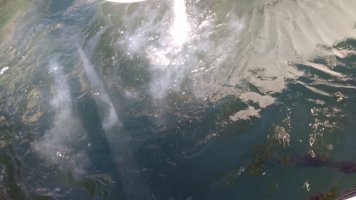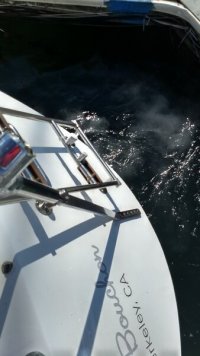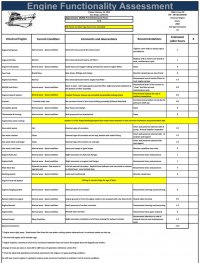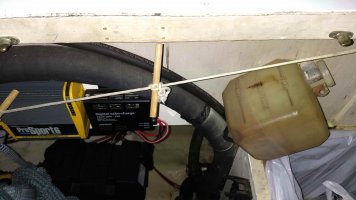MCD
Member I
Hello Ericson community,
The diesel engine (Universal M40) of our Ericson 38 exhausts white smoke when running. The issue has been here since we purchased the boat around a year ago but I would said it has become worst over the past months.
I have read white smoke is associated with low heat in the compression chambers potentially caused by clogged fuel filters or diesel contamination. Has any of you had a similar problem in the past? And if so, what helped for fixing it?
Here is what the smoke looks like (I also don't have a good sense on whether I should be overly worried about that given the amount of smoke):


Thank you in advance for your help,
Marie
The diesel engine (Universal M40) of our Ericson 38 exhausts white smoke when running. The issue has been here since we purchased the boat around a year ago but I would said it has become worst over the past months.
I have read white smoke is associated with low heat in the compression chambers potentially caused by clogged fuel filters or diesel contamination. Has any of you had a similar problem in the past? And if so, what helped for fixing it?
Here is what the smoke looks like (I also don't have a good sense on whether I should be overly worried about that given the amount of smoke):


Thank you in advance for your help,
Marie
Last edited by a moderator:



